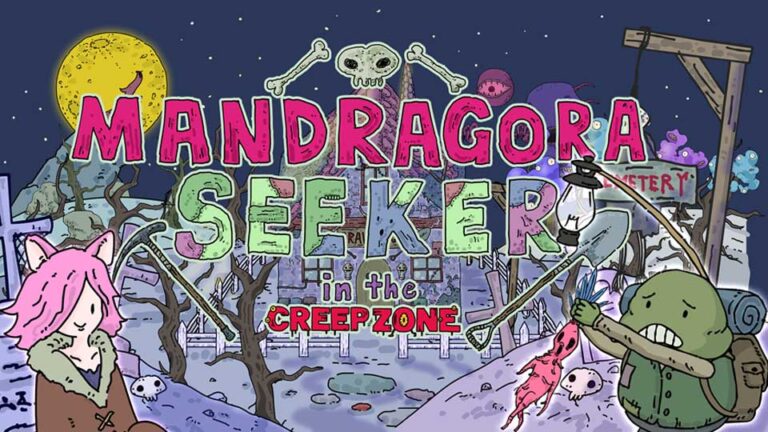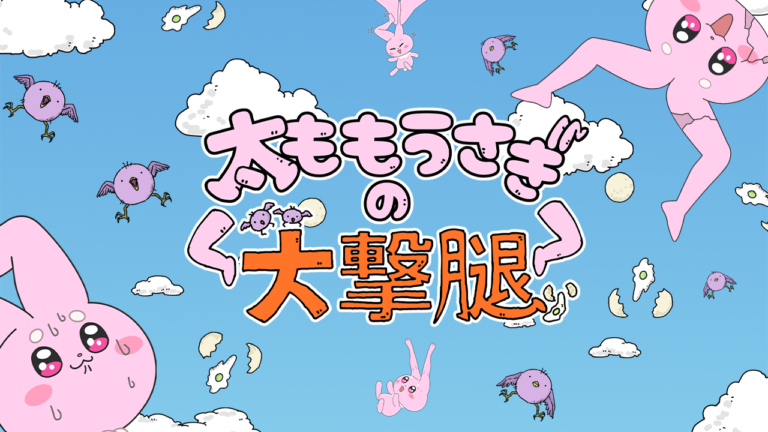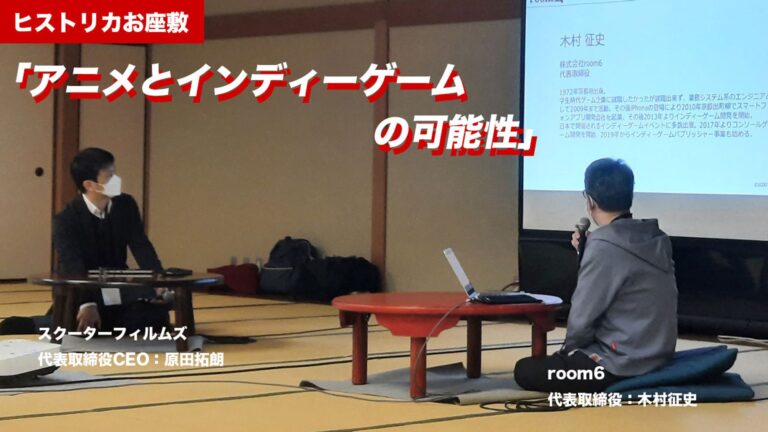What is Historica Ozashiki: The 15th Kyoto Historica International Film Festival
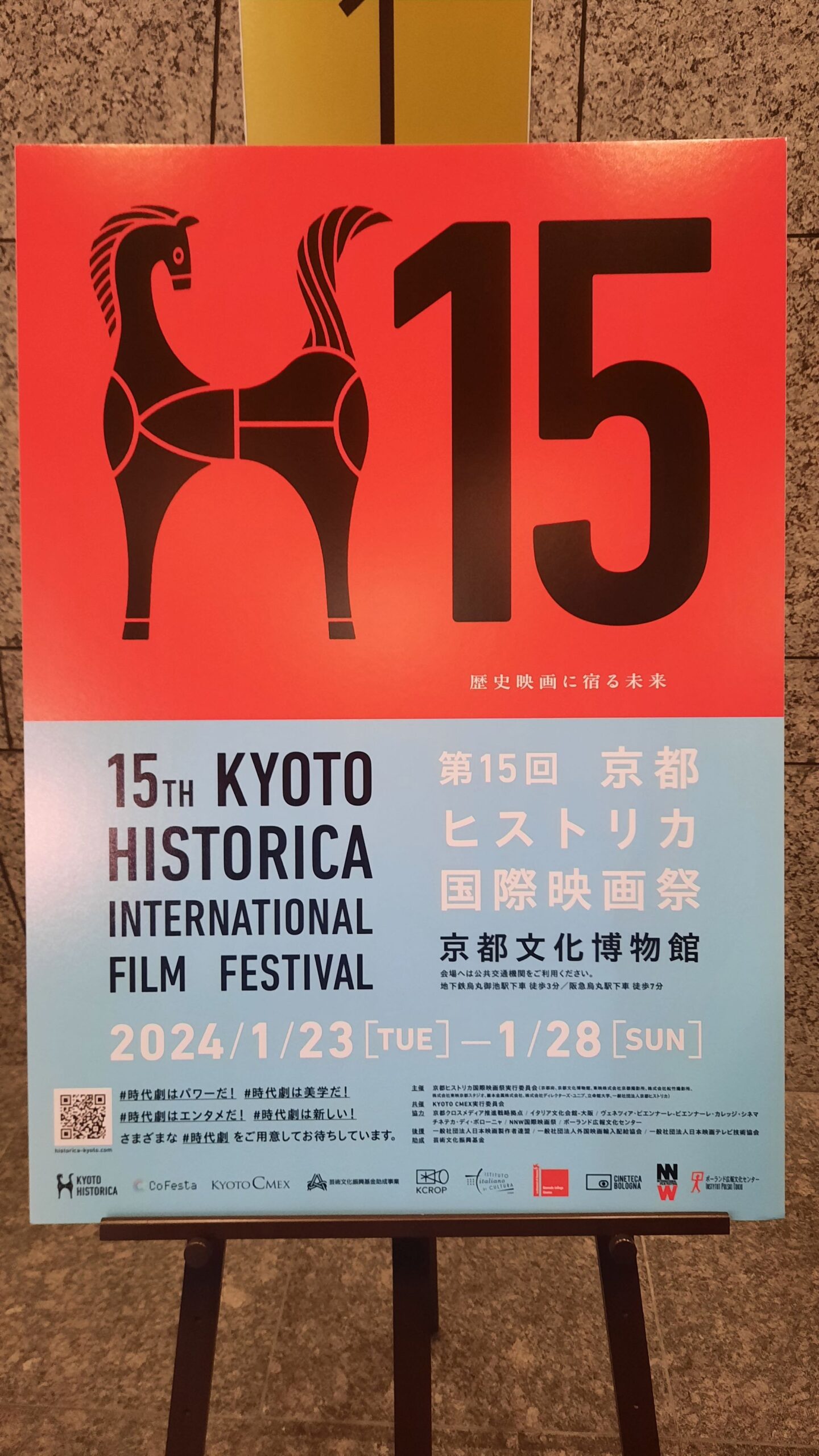
Moderator
I would like to begin the first session of the Kyoto Historica International Film Festival and Historica Ozashiki.
The topic is “The Possibilities of Anime and Indie Games,” and we have the pleasure of welcoming Mr. Kimura from room6 Co., Ltd. and Mr. Harada from Scooter Films, Inc.. Thank you for being here.
Kimura
Now, let’s get started. We will begin with introductions from the speakers.
My name is Kimura, and I am the representative of room6 Co., Ltd. I was born in 1972 and am originally from Kyoto. During my student days, I wanted to work at a game company, but I wasn’t able to at that time. I ended up working completely in other industries, specifically as an engineer in business systems, including financial sectors, until 2009. After that, with the introduction of the iPhone, I started a company to create iPhone apps in Demachiyanagi (Kyoto). From around 2013, I started developing mobile indie games and have been in game development for about ten years now. In parallel, I have participated in many indie game events held in Japan, and since 2017 I have been involved in developing console games for the Nintendo Switch. I also started a publisher business for indie games as part of our sales operations.

Harada
I’m Harada, the representative of Scooter Films. I was invited by Kimura-san to join this event. I was born in 1976 in Hyogo Prefecture and spent about ten years in Kyoto during my student days. Like many others, I was deeply immersed in independent films and theater. Toward the end of my studentship, long before the emergence of YouTube, I believed there were opportunities for drama series aimed at distribution, so I gathered actors from theaters throughout Kyoto and created a drama series. Unfortunately, I couldn’t monetize it at all and eventually ran out of resources. Afterward, I moved to Tokyo and started working in production at an anime company. The company I joined had a specific direction focused more on what to do with anime rather than just producing anime, which allowed me to gain experience in surrounding businesses and licensing. Subsequently, I became involved in setting up an anime planning company, and in 2021, I founded Scooter Films as one of the group studios under Twin Engine.
Kimura
Great! Now, I’d like to introduce our respective businesses. First, I’ll talk about our company, room6.
Room6 Co., Ltd., based in Demachiyanagi, Kyoto, has been developing and publishing indie games since 2013. One of our defining characteristics is that most of our team members are not from the gaming industry; while a few have experience in gaming, approximately 80% to 90% of us come from unrelated fields. We primarily focus on developing beautiful graphics with pixel art, also known as dot art.
Since 2019, we have also been involved in publishing, creating the indie game label “Yokaze” in 2020 and starting our activities in that area.

To briefly explain this label, it’s a rather vague concept focused on what could be described as an emotional gaming experience, emphasizing story and world-building rather than game mechanics. We want to release games that truly highlight their worlds, art styles, and emotional expressions. As suggested by the label name “Yokaze,” we are gathering titles that often have a somewhat somber graphic touch, presenting a feeling of “this feels a bit like Yokaze.” We publish carefully selected titles that let players immerse themselves in unique gaming experiences.
Now I’ll briefly explain the types of games we produce and release.

First, we have a representative title called “Unreal Life” which was released in 2020. It tells the story of a girl who has the ability to read the memories of things she touches, embarking on an adventure with a talkative traffic light. This game was developed by a single indie developer over four years, from script writing and programming to music, almost entirely by one person. It won the newcomer award in the entertainment category at the Agency for Cultural Affairs Media Arts Festival in 2021.

Next, we have an upcoming release titled “Fox and Frog’s Journey: The Story of Kotoro on Adashino Island“. This 3D game is set in a Japanese-style magical island, featuring action-adventure gameplay. It’s a somewhat rare 3D title for us, designed by a real artist who creates the beautifully hand-drawn aesthetic you see throughout the game. The textures are all hand-drawn, making for a truly emotional experience.
Harada
This artwork is truly amazing. It draws you in with just this single image.
Kimura
It really is impressive.
This is a highly anticipated work, and we hope to release it in the next year or the year after, but it’s quite labor-intensive, so we appreciate your patience.

Next up, we have another prominent title that showcases our pixel art style, titled “Phantom AP – Empty Heart“. This game brings to life the world of a musician named Harumaki Gohan, known for his Vocaloid P contributions, allowing players to walk through his universe in this adventure game.
We collaborate with various artists to create games, including musicians and others in the music industry, and this game allows players to walk through a 2D pixel art world. It is available for free on mobile, so please consider downloading and playing if you’re interested.

Additionally, we are currently developing a game titled “Piggy One: SUPER SPARK.” I will provide some details about this project a bit later. This project features an IP created by the animator Hanabushi, who has gained recognition for producing music videos for popular musicians such as “Zutto Mayonaka de Iinoni.” This project aims to adapt that IP into a side-scrolling action game.
Lastly, we have our original mobile game titled “Rogue With Dead“. This game is a mobile idle growth game developed entirely by our team. Released in 2022, it achieved 1 million downloads last year, earning the top award at last year’s Google Play Games Festival and receiving the Best Indie Game award at the Google Play Best of 2023 awards at year-end. It has gained significant recognition.

This title is also in pixel art style. Can I share this? Interestingly, the illustrator who created this artwork is here today!
This is just a glimpse of the mobile games we’ve developed, and we also have numerous other titles released or in progress, totaling about twenty projects at different stages. Although we are a small company, we’re surprisingly active across a variety of projects.
What are “Indie Games”?
Continuing on this topic, I would like to briefly explain what indie games are, which can be a bit ambiguous to define. When discussing definitions, discussions can become contentious, as different people have varying interpretations of indie games. Broadly speaking, indie games are not released by major gaming companies but are developed by individuals or small teams. Generally, these games are not primarily focused on sales or marketing. They are created from the motivation of “I want to make this” or “I want to present this,” emphasizing personal ambitions and feelings in the development process.
These games are developed without being influenced by the financial status or marketing pressures of large companies, which often results in riskier and more innovative projects. The rising popularity of indie games reflects that many interesting products are being produced in this genre.
Famous examples include “Undertale“, which became immensely popular worldwide, as well as “Cuphead“, which is reminiscent of Pixar and Disney animations, and “Minecraft“, initially developed as an indie game by one person.
Harada
It’s hard to think of Minecraft as an indie game now.
Kimura
Right. It’s now the best-selling game in the world. However, it was indeed started by one person, fitting into the broad definition of indie games.
Additionally, we have examples like “Valheim“, a survival crafting game set in a Nordic setting, and “Stardew Valley“, along with titles such as “Papers, Please” and “Baba Is You“. From Japan, we had “Sakuna: Of Rice and Ruin,” which became a million-seller.
Harada
Is Sakuna an indie game as well?
Kimura
Yes, it falls into that category. It was created over a long period by developers who initially worked on doujin games. Although published by a large company, most of the development was done by an indie team.
Harada
When this came out, it was often discussed as a farming game.
Kimura
Yes, I remember reading many articles about that. It’s certainly unique to see a role-playing game centered around growing rice, and ideas like this are part of what makes indie games fascinating. With that, I’ll pass the mic to Harada-san.
Harada
Alright, let me start with an introduction of our company, Scooter Films. Formed in 2021, you may already know that we are part of the relatively larger studio group, Twin Engine. If you check their website, you’ll find titles like “Mononoke” among their summer movie releases. Scooter Films is one of many studios under this umbrella. As our company is still new, I’d like to share more about my personal experiences leading up to this point.
I mentioned in my introduction that I worked at a company called DLE starting in 2006, where I was involved in producing character animations. You may not immediately recognize DLE, but if I mention “The Secret Society of the Golden Shield” you might know it. They produced animations that once appeared briefly in theaters, including character animations, and I often worked on collaborative projects with teams in China to create anime.
After transitioning to Scooter Films, I’ve had the opportunity to work on several spinoff mini anime series for popular game titles. “Umayuru” features mini character representations of the characters from Umamusume, for example. While I manage this, my goal since the company’s establishment has been to develop original projects within animation. I’ve pondered how we might develop original works starting from the foundation of animation.
Of course, creating animation is a fundamental aspect of this. It might sound common knowledge, but my previous company was specialized in the planning phase and didn’t have a stable production line. This meant they were capable of producing proposals and pilots, but final delivery often fell short. Therefore, I realized the necessity of having our studio to ensure we could take full responsibility for the project all the way through completion.
Additionally, having the right core creators is crucial. It’s important to emphasize collaboration with both internal and external creators. Relying too heavily on internal talent can become a challenge over time, making connections with various creators vital for sustaining creativity.
Kimura
We find ourselves on similar paths. In our industry, we also encounter companies focused solely on planning. Our philosophy aligns closely as we also emphasize nurturing creators.
Harada
I agree. It sounds like we share many similarities. Your approach to working with both internal and external creators strikes me as inviting.
Kimura
Indeed, we share a synergistic relationship.
Harada
There’s something unique about anime, especially regarding distribution. There are very few established sales avenues for anime videos; where can creators feel secure in producing ongoing works? Traditionally, venues like TV networks, DVD packaging, and streaming services have dominated, and companies with strong media channels tend to attract good projects. For instance, my parent company, Twin Engine, is associated with the famous late-night anime programming block “Noitamina,” which produced many successful projects. This principle of having access to robust media is vital for success. However, achieving this accessibility as a small company poses considerable challenges.
Another key challenge, particularly prevalent in anime, is maintaining strong branding. It’s not enough to simply produce something and let it sell itself; the manner in which it’s marketed is critical for generating interest. We have to explore how we can craft captivating narratives that resonate with fans while building brand loyalty. These challenges were on my mind when we established this studio.
Kimura
That’s a solid perspective.
Harada
Despite being a small studio with approximately ten members, we’re exploring our capabilities to produce content wherever we can. While we do our animation within the studio, we have decided to create an owned media outlet to establish communication online. Initially, we recognized that if we confined ourselves to conventional client relationships, we would limit our capacity for creativity. It was important to cultivate relationships and develop new projects beyond rigid client structures.
Last year, we established a new gaming division under the name SKOOTA GAMES.
Returning to the concept of creator management, we are currently collaborating with “Minami Laboratory,” a duo that was instrumental in developing character designs for the recent anime series “Tengoku Daimakyo.” We’re in the process of creating an original game together.
We are also working with JINO, a young creator who graduated from university last year and is recognized as part of the #indie_anime movement. JINO creates fascinating music videos, but also develops story-driven projects, working on a WEBTOON together with us.
Another collaboration is with toubou., a young illustrator and animator we are currently developing a short film with. This film will be submitted to film festivals, extending the project’s world-building. We’re considering incorporating the illustrations and animations as part of a larger gaming vision.
Finally, we’ve a creator known as Shiohigari, who has gained popularity with one-panel comics on social media. We’re currently collaborating with him on new WEBTOON projects and a murder mystery narrative.
Regarding our media, we’ve launched SKOOTA, the website that you’ve seen pop up after Kimura-san’s article. This platform primarily features various podcasts where we interview assorted guests. The goal is to extend our reach into the development and distribution of game projects along with WEBTOON releases.
We’re currently in the process of assembling original plans while developing new content. Reflecting on the past year, we realized that building a narrative for our gaming projects is vital for heightening interest and potential fan engagement.
Kimura
Indeed, it is reassuring to have a platform for setting up and solidifying past projects.
Harada
For instance, “Sudden Wave Girls” was a project developed with the intention of starting as a short film. The short film has been completed at 17 minutes, and we’re sending it to various international film festivals. As the project evolves, we’ve noticed that the film emits a collection-like vibe. Based around high school girls living in a town together, we’re contemplating how to expand this story further. It may be advantageous for audiences to experience this narrative through a visual novel game format rather than leaping directly into a feature film project.
We realize that the stylistic elements in our game projects align closely with the worlds built within Kimura-san’s Yokaze label, and we hope there may be opportunities for collaboration in the future.
The following three titles we are developing will be released on Steam, demonstrating our agility in production. Within three to four months, we were able to establish our ideas into stories, illustrations, and promotional material.
Kimura
These concepts and visuals look fantastic. They resonate deeply with what I envision from an animation company.
Harada
Yes, however, our creative team takes a different approach than many current trendy anime studios. Our team emphasizes pursuing personal interests and desires. Developing original concepts means confronting our ideas and solidifying what comes from our creative processes.
Indeed, some ideas have taken on whimsical qualities—they’re designed to push boundaries. One such project originated from an animator’s passion for portraying adorable characters with chubby thighs.
We’re exploring more ideas, and I believe we will find our stride. I personally attended BitSummit in Kyoto last time and enjoyed myself thoroughly. Based on that experience, I’ve concluded that participating in such events is significantly more beneficial than attending as a visitor. We will be exhibiting at the TOKYO INDIE GAMES SUMMIT 2024 event in early March.

Kimura
We’re positioned right next to each other.
Harada
That’s right! I’m looking forward to collaborating with you and showcasing our work together. We also plan to participate in this year’s BitSummit.
Kimura
Absolutely, we will be there as well, and I hope we can continue this collaboration.
Harada
I agree—it would be wonderful to sit side by side at these events.
Kimura
We are pleased to collaborate closely. We will share the promotional and production expertise we’ve developed in indie game marketing, ensuring we produce fantastic games together.
Harada
Thank you, Kimura-san, for your encouraging words! I feel empowered as I engage more directly with the creators. Hearing their experiences and working together is fundamental to advancing our ideas into reality.
Kimura
Yes, indeed. I can see Harada’s strong commitment. I’ve always believed that the realms of animation and indie gaming have great synergy. We’ve explored several narratives already, and I’m thrilled to see how our partnership will develop further, as I also have a deep affection for anime and manga.
Harada
Given my background rooted in film and animation, I anticipate having many new challenges to navigate in the gaming world.
Kimura
Indeed, the gaming industry is particularly relentless; indie game development often takes three times longer than anticipated. However, we must continue to persevere.
Harada
Exactly! As noted earlier, the Steam wishlist function is remarkable. Please check Steam, and if you search for Scooter Films, you’ll find our three upcoming titles.
Kimura
Once again, if you search for room6 games, you’ll discover many titles that may not have been released yet, so please explore and, if possible, add them to your wishlists!
In conclusion, we strongly believe in the potential of the intersection between anime and indie games. The collaborative synergy holds substantial promise for exciting projects ahead.
We’ve gone a bit over time, but thank you all for being here today.
Harada
Thank you!
Moderator
Thank you, Kimura-san and Harada-san!

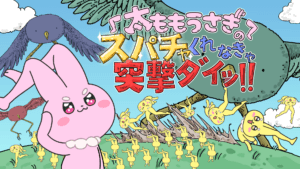
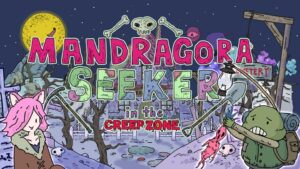
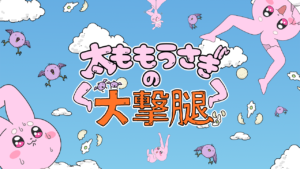
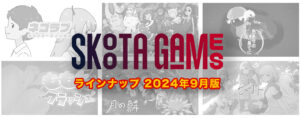
![Releasing Works is a “Curse”: Creator toubou. Explores “Obsession” and “Passion” in “The Girls of the Ripple” [Part 2]](https://skoota.jp/media/wp-content/uploads/2024/07/SKOOTA-INTERVIEW-Series-300x169.png)
